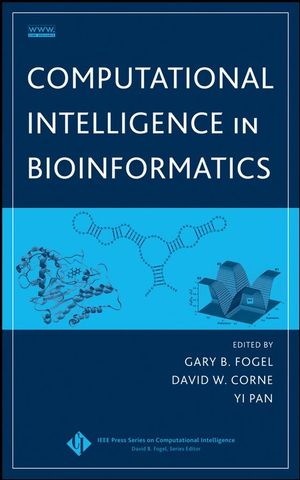The apparent simplicity of performing certain motor actions hides underlying complex processes in which a large number of variables interact from microscopic to macroscopic levels (e.g., cellular, neuronal, muscular, articular). Classic motor control theories have put considerable efforts in understanding processes of movement organisation. Indeed, on a motor level, the human body accounts more than 600 muscles and 110 joints.

On a sensory level a multitude of cutaneous, articular, muscular, vestibular or visual receptors transmit a large number of signals/information to regulate movement production. Despite this complexity, humans are able to produce stable and consistent movement patterns. For example, performing a simple discrete action such as throwing a ball involves approximately 17 biomechanical degrees of freedom creating a considerable number of possibilities of action. These possibilities are significantly reduced when taking into account the most pervasive characteristic of every spontaneous human action, efficiency (e.g., metabolic, biomechanical, perceptual, attentional).
When humans perform whole-body actions involving large muscle groups, like walking or running, it seems that metabolic energy expenditure (EE) becomes an important factor for movement regulation. In this regards, and according to selfoptimisation theories, human‟s every-day choices of motor behaviours are the ones eliciting “minimal cost” or “minimal effort”. Therefore, metabolic EE could serve as an essential factor in describing the spontaneous adoption of gait patterns, even though it might not be the proximal determinant.
Paper Writing Help – How to Choose the Best One
PaperHelp is able to assist in the writing of an essay. PaperHelp is able to assist any en.samedayessay.com person regardless of their stage of education or education. How do you pick the right paper from so many? Here are some helpful tips:



